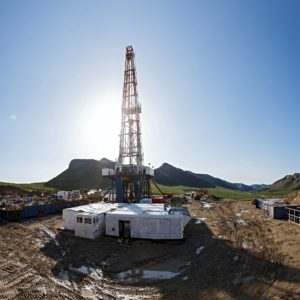Adopting a more science-based, market-led policy approach to energy and the environment will empower entrepreneurs, innovators, and scientists, rather than lobbyists, bureaucrats, and special interests.
U.S. LNG Exports Top Rivals for First Time on Shale Revolution
Bloomberg’s Stephen Stapczynski reports that U.S. LNG exports have topped rivals for the first time. buy elavil online elavil online generic online pharmacy https://adamgrant.net/wp-content/uploads/2020/04/cialis-super-active.html no prescription pharmacy online pharmacy anafranil for sale no prescription pharmacy “A shale gas revolution, coupled with billions of dollars of investments in liquefaction facilities, transformed the U.S. from a net...
Belgium commits to phasing out existing nuclear power plants
Raf Casert reports for TechXplore that Belgium has committed to phasing out existing nuclear power plants. online pharmacy buy diflucan without prescription with best prices today in the USA online pharmacy buy zithromax no prescription online pharmacy online pharmacy buy prednisone no prescription online pharmacy ventolin no prescription with best prices today in the USA...
Confronting Inflation, Biden Administration Turns to Oil Industry It Once Shunned
"As a candidate, Mr. Biden said the country must transition away from oil, and in his first months in office he moved for more stringent regulations on the industry, explored restrictions on oil production and revoked a permit for the Keystone XL pipeline."
Global Freedom Is on the Decline
"Freedom in the United States is on the decline in both absolute and relative terms, according to the new report. In 2008, the U.S. ranked seventh in the world but has steadily slipped lower, though it still ranks well ahead of the global average."
Democrats Have an AOC, Sanders & Warren – not Manchin – Problem
Manchin is the same person today he was in 2012. What has changed is not Manchin, but the party around him.
Operation Open Roads Aims to Reduce Supply Chain Backlog
Operation Open Roads aims to ease regulations that are impeding on economic progress and hamstringing supply chains.
Build the U.S. EV Supply Chain from the Mine Up
Thomas J. Madison writes on the importance of the United States establishing a domestic EV supply chain in RealClearEnergy. online pharmacy kamagra-gold for sale no prescription pharmacy >>>Read More on Clean Energy and Private Sector Leadership Here<<< online pharmacy cialis-soft with best prices today in the USA “There is no pathway to meet global climate...
Russian gas is a climate and security disaster
"Russian gas is a geopolitical and climate disaster that helps sustain Putin’s malign regime. But the EU and U.S. and their allies can together take actions to limit the adverse impacts of Russian gas in the near-term while setting in place longer-term options for cleaner, more secure energy sources."
Far Left Climate Activists are Emboldening Russia
The West has taken the energy hammer from its toolbox and handed it to Putin









